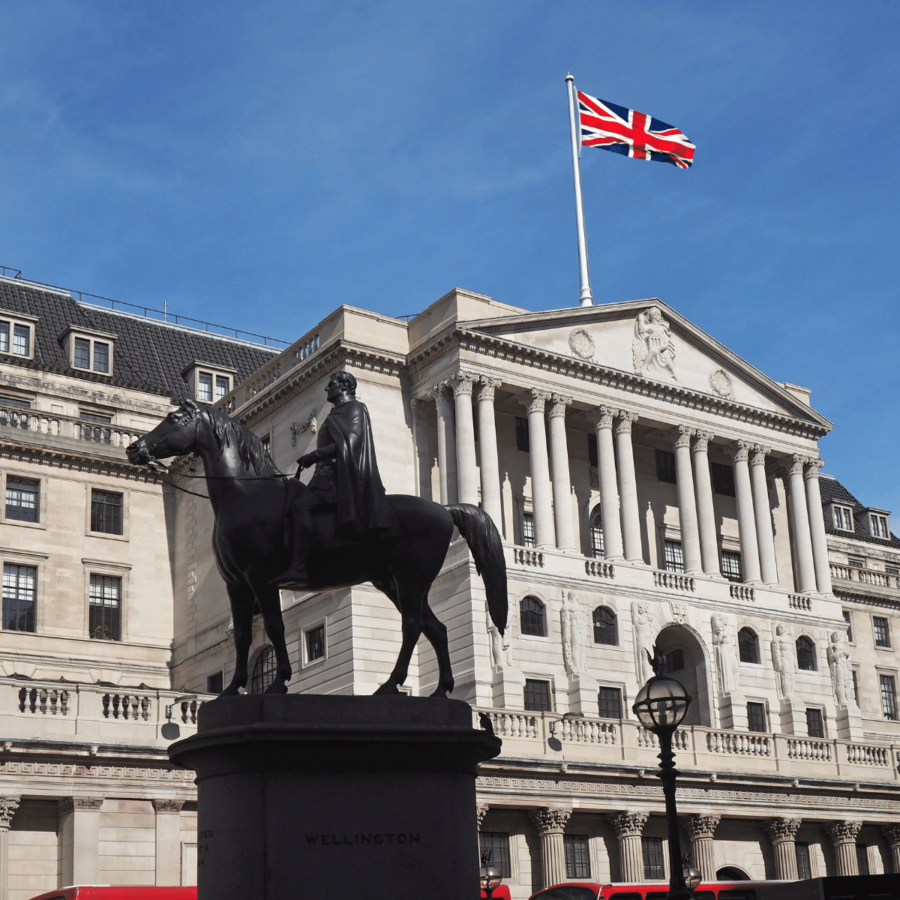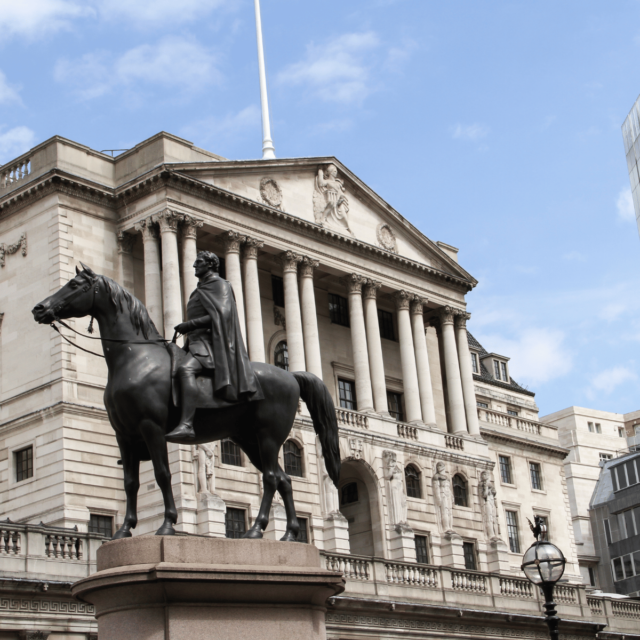How to Cut the Interest Cost of Bank Reserves – and How Not To Do It
Setting required reserves is not a straightforward decision for the Bank of England, for a number of reasons.

Last year, the European Central Bank eliminated the payment of interest on the minimum reserves banks are required to hold with their national central bank). It has now been proposed that UK banks should hold a minimum percentage of reserve balances at the Bank of England, which would be unremunerated. This device would reduce the government’s debt interest costs, which have been greatly increased as a result of the various quantitative easing programmes from 2009–21. At a time of extreme budgetary stress in the UK, the proposal has an obvious attraction, but it is much less simple than it appears on the surface, for several reasons.
First, reserve balances are a large component of the high-quality liquid assets that the commercial banks are obliged to maintain under the Basel III liquidity coverage ratio. If each bank had to maintain a required minimum unremunerated balance, the minimum balance would effectively be frozen, and would ipso facto cease to be liquid. Either the effective liquidity coverage ratio would have been reduced, and the minimum safety standard for banks weakened accordingly, or the minimum liquidity ratio requirement would have to be increased to compensate. Advocates of the proposal have not said which they would prefer.
Second, the commercial banks’ reserve balances are as large as they are not because of decisions made by the banks themselves, but because of the quantitative easing programmes of the Bank of England, which forced the commercial banks collectively to hold much larger reserve balances than they might have chosen. Stopping interest on part of the reserve balances would save the government a lot of money, but only because those balances had previously been inflated by a discretionary act of monetary policy. It would be an act of bad faith, to say the least. Like geese in a foie gras factory, the banks would have been first stuffed, and then eviscerated.
Third, it might be worse than an act of bad faith. The interest is paid to the commercial banks by the Bank of England. The bank receives a matching amount of interest on its loan to its subsidiary, the Bank of England Asset Purchase Facility, which holds the securities purchased in the quantitative easing programmes. The Treasury indemnifies the Bank of England against losses made by the APF and receives any profits. The government would get no benefit from the proposed change unless it renounced responsibility for that interest, but to do that would presumably be a breach of the terms of the indemnity (only ‘presumably’ because the terms of the indemnity have not been published). Governments that are heavily in debt and need to borrow have to be very careful about breaching the terms of their financial commitments.
Fourth, as Bank of England governor Andrew Bailey has rightly said, the proposal would involve a tax on the banks, which have to pay interest on the funds they borrow to finance their reserve balances. Of course, banks should pay their fair share of taxes like everyone else, but there is no reason why they should pay what would certainly be a grossly disproportionate share. If they were forced to do so, the lesson would not be lost on the government’s other creditors.
All that said, it would be possible to eliminate interest payments on reserve balances, but it would need to be done very carefully. The first stage, already in any case in progress, is to reduce reserve balances through quantitative tightening, to a level at which there is no longer an obvious excess. In a recent speech, Bailey suggested that the process might be close to completion by the second half of next year.
The second stage would be to announce that the Bank of England intended in the near future both to wind up the APF, and to terminate interest payments on reserve balances (all of them, not just some); and to ask the commercial banks to say roughly what level of reserve balances they would then wish to hold. Further open market operations would then be undertaken to adjust the total of reserve balances to the indicated level, and interest payments on reserve balances could then cease.
This would not affect the liquidity status of reserve balances, because there would be no need for them to be frozen. And it could not be construed as an act of bad faith, or a breach of a financial commitment. It would cost the banks money, because they would no longer receive interest on reserve balances at the level they had indicated they wished to maintain, but the cost could reasonably be regarded as a fair charge for the liquidity services provided by central bank balances; it would not be a tax.
Obviously, there would need to be a change in the technique of managing short-term interest rates, which currently is simply to adjust the interest rate on reserve balances as necessary; however it would be conceptually straightforward to revert to the pre-quantitative easing method of providing funds to the banking system through repos at the level of short-term interest rates that the Bank wants to prevail.





